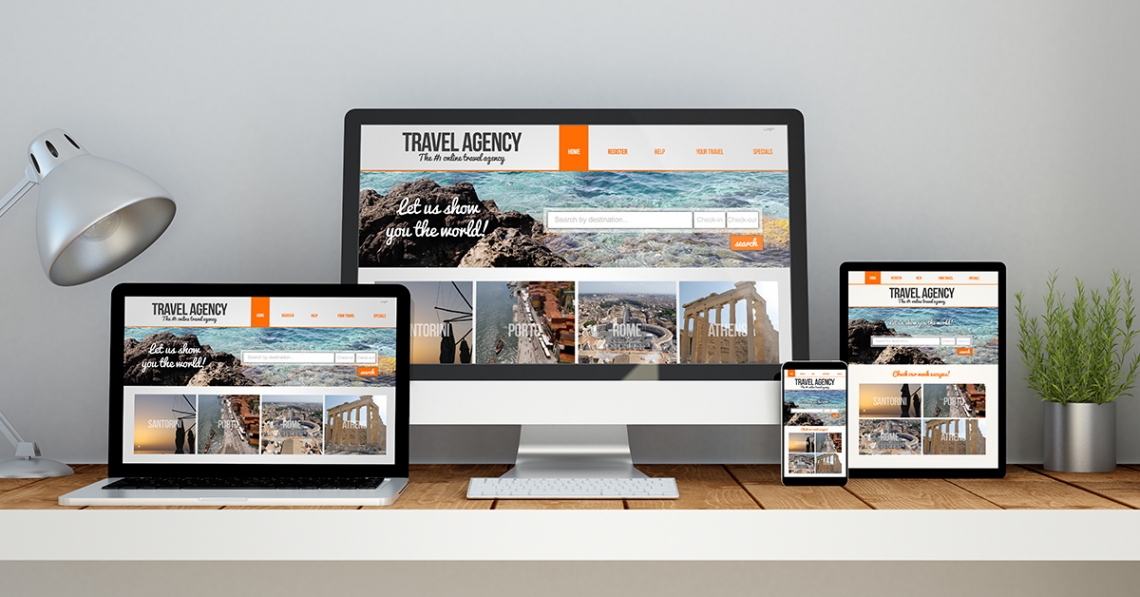
There’s no question that designing a website is a challenge. Just trying to learn about best practices is overwhelming — there are so many, and it’s difficult to know which apply to you. To overcome this challenge, some small businesses turn to other sites for inspiration, but this can have its own set of problems, as outlined below. So, how should you create a site that fits your needs?
Seeking Inspiration
It is impossible to be completely unique with your website. It would also be impractical — users would struggle to navigate the site if the main elements were not where you normally find them.
However, it is still important to strike a balance between inspiration and copy. If your design is too similar to that of another site, you’ll suffer from a number of problems, including legal issues, a lack of branding, and a design that is more complicated than it needs to be.
The most significant issue of all with copying a site is that it will fail to live up to its purpose. Only by designing every aspect of your site with your needs and goals in mind will you maximize traffic and conversions.
How to Determine What Your Site Needs
A better way to approach the website design process is to consider your needs and goals. To do this, it is necessary to think about the purpose of your website, who is using it, and what they are using it for.
Purpose
The likelihood is that your website has several purposes. But of these, you must have one main purpose. It may be gaining sales (an e-commerce site), sending customers to your location (a brick-and-mortar business), receiving bookings (service industry), or something else. You need to create a design that leads users to fulfill this main objective.
After you’ve determined the main purpose of your site, think about your other goals. These may include lowering bounce rate, sending more users to your blog, increasing signups to a free trial, or informing more users of your services. Consider how your design will take your secondary goals into account.
Your Audience
The next thing you need to do is figure out who you want interacting with your site. This means having a clear picture of who makes up your customer base. At a minimum, you need to know the key demographics of your audience, including age, gender, location, profession, interests, and proficiency with technology. This will determine a range of factors, from the amount of information and number of images on pages to tone of voice and use of technical terminology.
Browsing Habits
Whatever your business, you want users to be able to use your site from any location and on any device. This means that you must have a mobile web design. It is also critical to use a responsive design for SEO — Google penalizes sites that are not mobile friendly.
In addition, it is beneficial to know exactly how much of your audience is accessing your site on mobile and how much on desktop. This will influence aspects like style, type, and length of content.
Branding
One goal of every website is to strengthen brand image. In simple terms, this means infusing your design with brand colors, adding a logo, and using the same font you use elsewhere on branded material.
However, it also runs deeper. For instance, when you are considering any design idea, you need to think about how it relates to your brand. It can be easy to get caught up with new trends, but you must avoid anything that is incongruent with your brand image.
Furthermore, remember that every action users take on your site is an interaction with your brand. These interactions shape how users perceive your company. Think about whether your goal is to appear welcoming, professional, tech-savvy, helpful, informative, supportive, or something else.
Sales Funnel
In an ideal world, users would make a purchase or order a service almost immediately. For businesses with inexpensive offerings, this may be the case, but many companies have much longer sales funnels. The design of your site needs to nurture users toward a purchase with the length of your sales funnel in mind.
For instance, if users require a large amount of information before they can make a decision, make sure you provide them with whatever information they need. Lead new visitors to content that will help them learn about their own needs and then show them why your offerings are the best solution. If you need to use email marketing to nurture leads, make sure that users see popups or CTAs for premium content.
In contrast, if customers are likely to head to your site because they want to make a purchase, you need to make that just as easy. Create a design that allows users to search and find the offerings they want with ease. Offer suggestions according to what items users look at and make the order process as simple as possible.
When you consider your needs and goals, it becomes more obvious what ideas from other sites you can utilize for inspiration and what best practices apply to you. Plus, nothing is ever set in stone. In fact, you should constantly be making minor changes, as this is the only way to arrive at a design that will please your customers and optimize results for you.